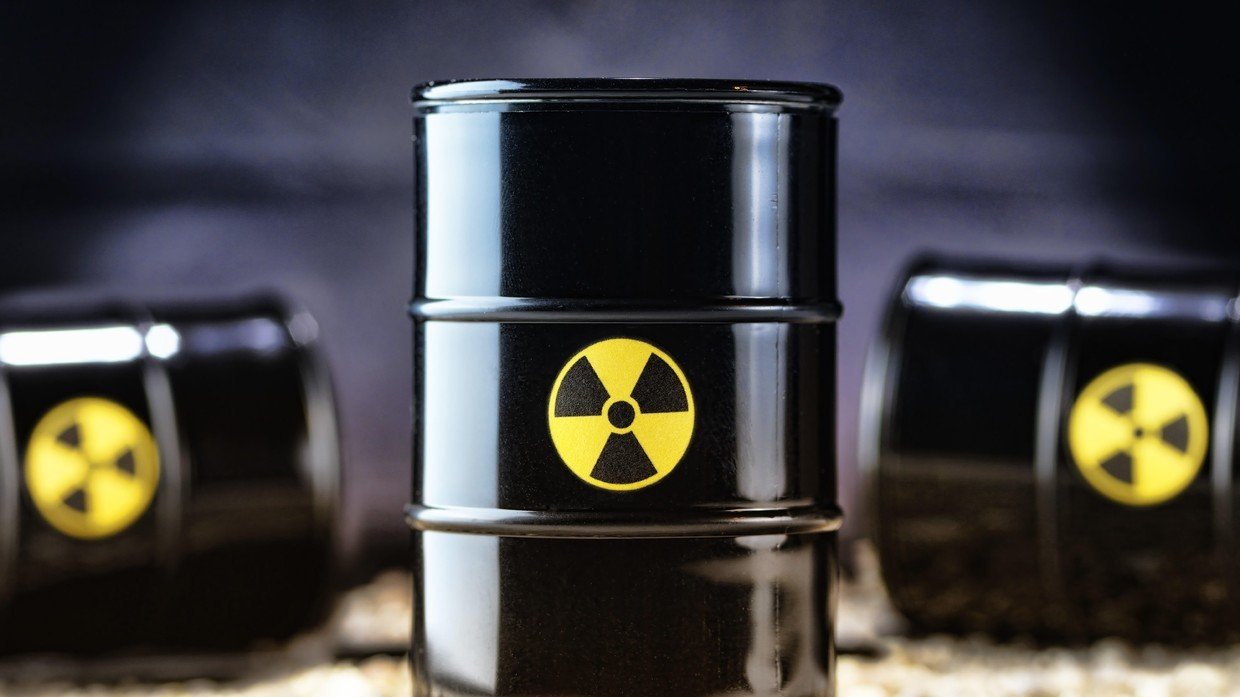Concerns over uranium poisoning around the world, including a suspected widespread incident in Punjab, India a decade ago, could now be alleviated after scientists found a way to remove the chemical from living tissue.
In 2009, in the Punjab region, high levels of the element were found in hair samples taken from children at a time when there was a spike in birth defects and cancers. Meanwhile, people who work in close contact with the substance, such as uranium miners, can suffer serious breathing and kidney problems as a result of the exposure.
Researchers from Soochow University in China have developed a so-called ‘molecular claw’ or a molecule which can be used to remove uranium and other heavy metal atoms from animal tissue, in this instance mice.
Also on rt.com US Air Force wants ‘patriotic’ private firms to share their satellites for NUCLEAR command & controlThe ominous-sounding ‘claw’ is actually hydroxypyridinone, a molecule used in a type of therapy known as chelation, in which specific molecules are used to remove heavy metals like mercury or, in this case, uranium from the bloodstream.
This particular chelating agent removed roughly 80 percent of the residual uranium in the kidneys of exposed mice, while 50 percent of the residual radioactive material was extracted from the animals’ bones, with minor adverse effects.
It may prove to be the best-case scenario for treating uranium exposure in humans, though clinic trials have yet to be completed. Uranium, through nuclear energy, accounts for roughly ten percent of the world’s electricity production and research into effective and relatively harmless chelating agents could prove crucial should nuclear energy see a resurgence in the future.
Think your friends would be interested? Share this story!


